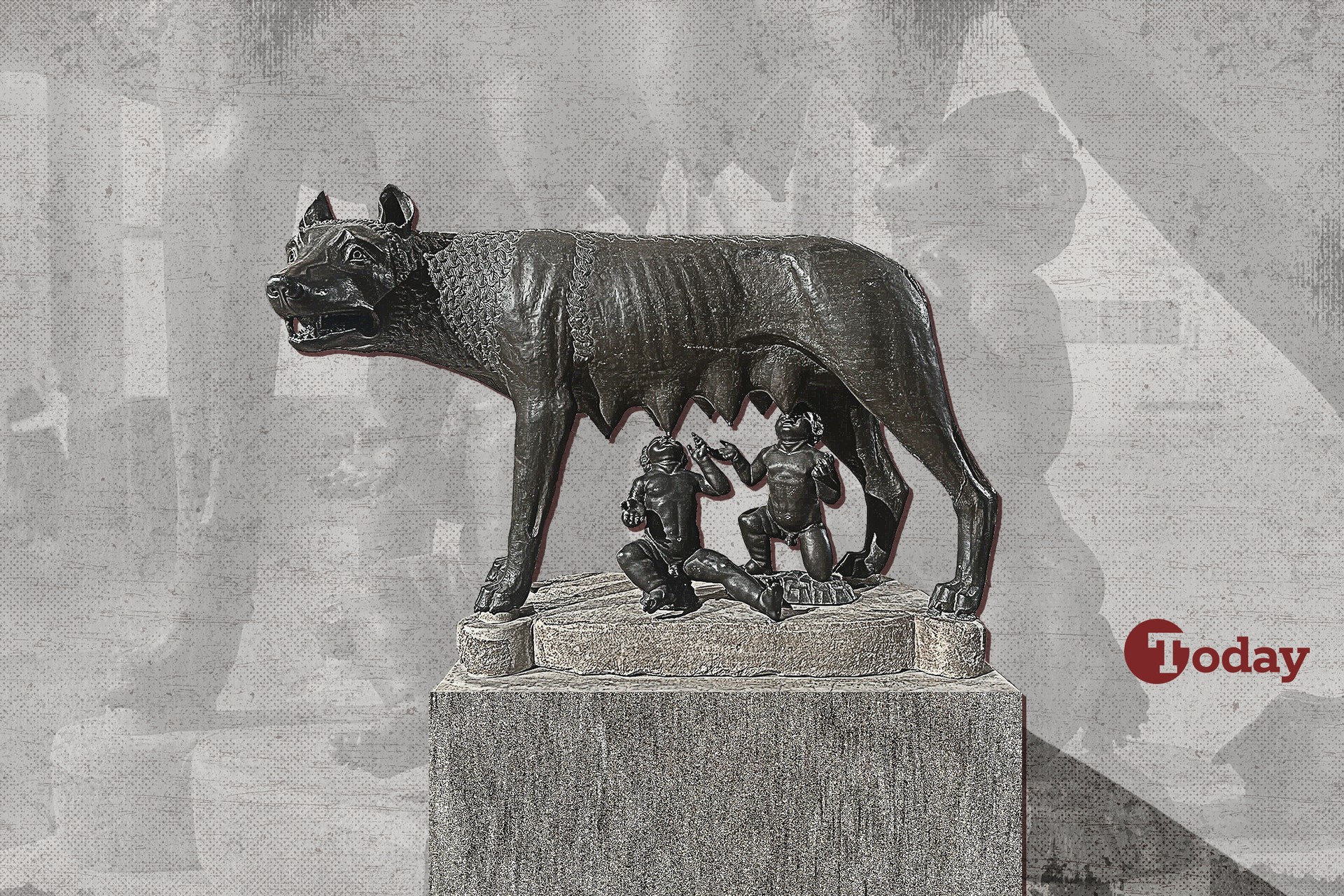
The wolf has long been a symbol of power, survival, and protection in both Roman and Turkish mythology. From the legendary she-wolf of Rome to the revered Bozkurt in Turkish culture, the wolf holds an important place in these civilizations, embodying qualities such as strength, resilience and leadership.
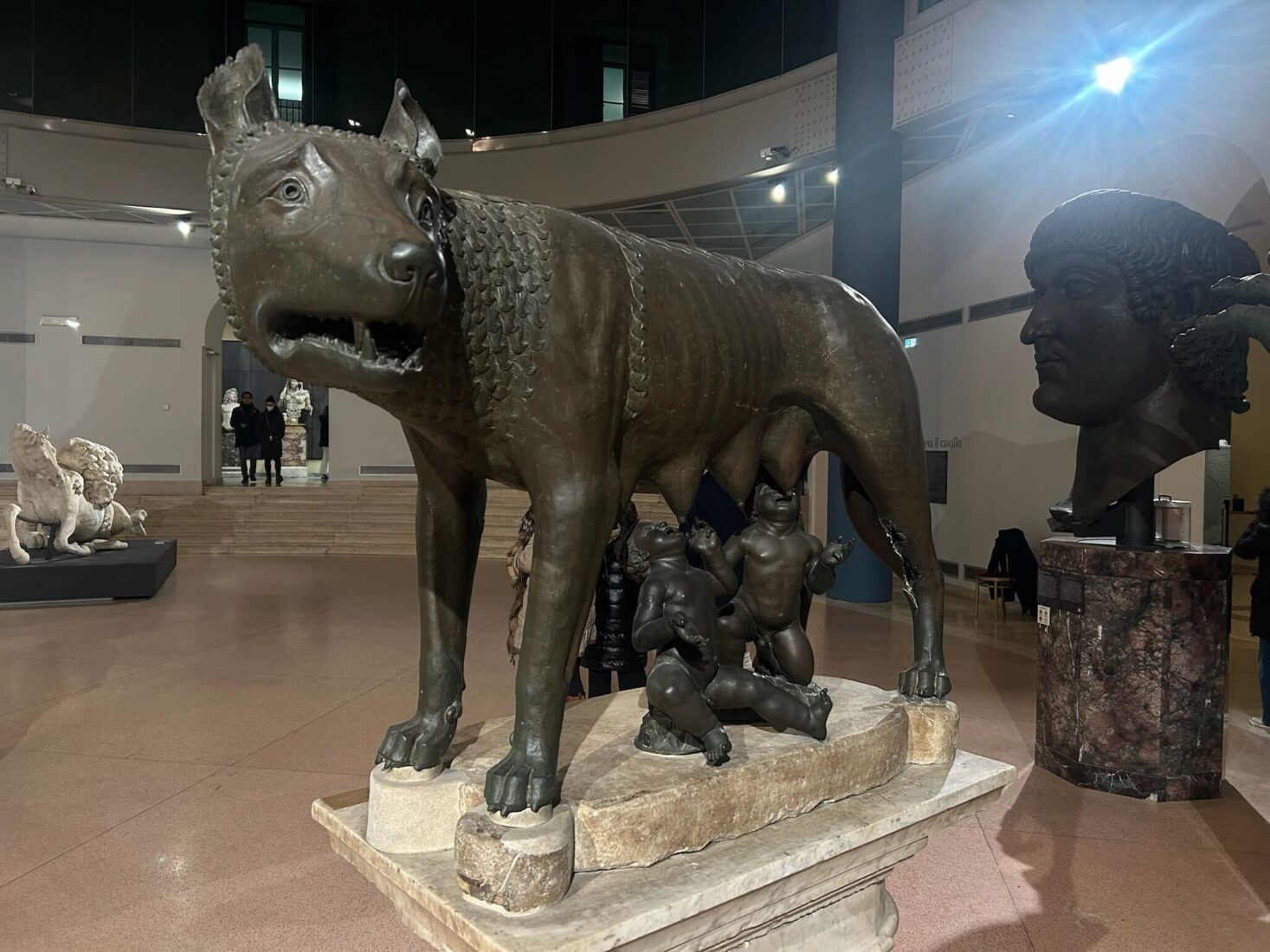
In Roman mythology, the wolf goddess Lupa plays a crucial role in the founding of Rome. Known for her strength and nurturing qualities, Lupa famously cared for the twins Romulus and Remus, the legendary founders of Rome. According to ancient legend, Lupa is the daughter of Apollo and a water nymph.
Not only was she famed for her beauty and archery skills, but Apollo’s love for her was so deep that he performed magic to enhance her allure. This attracted the jealousy of Apollo’s sister, Artemis, who cursed Lupa. However, Apollo reversed the curse, elevating Lupa to the queen of a new race of wolves, revered for their power and leadership.
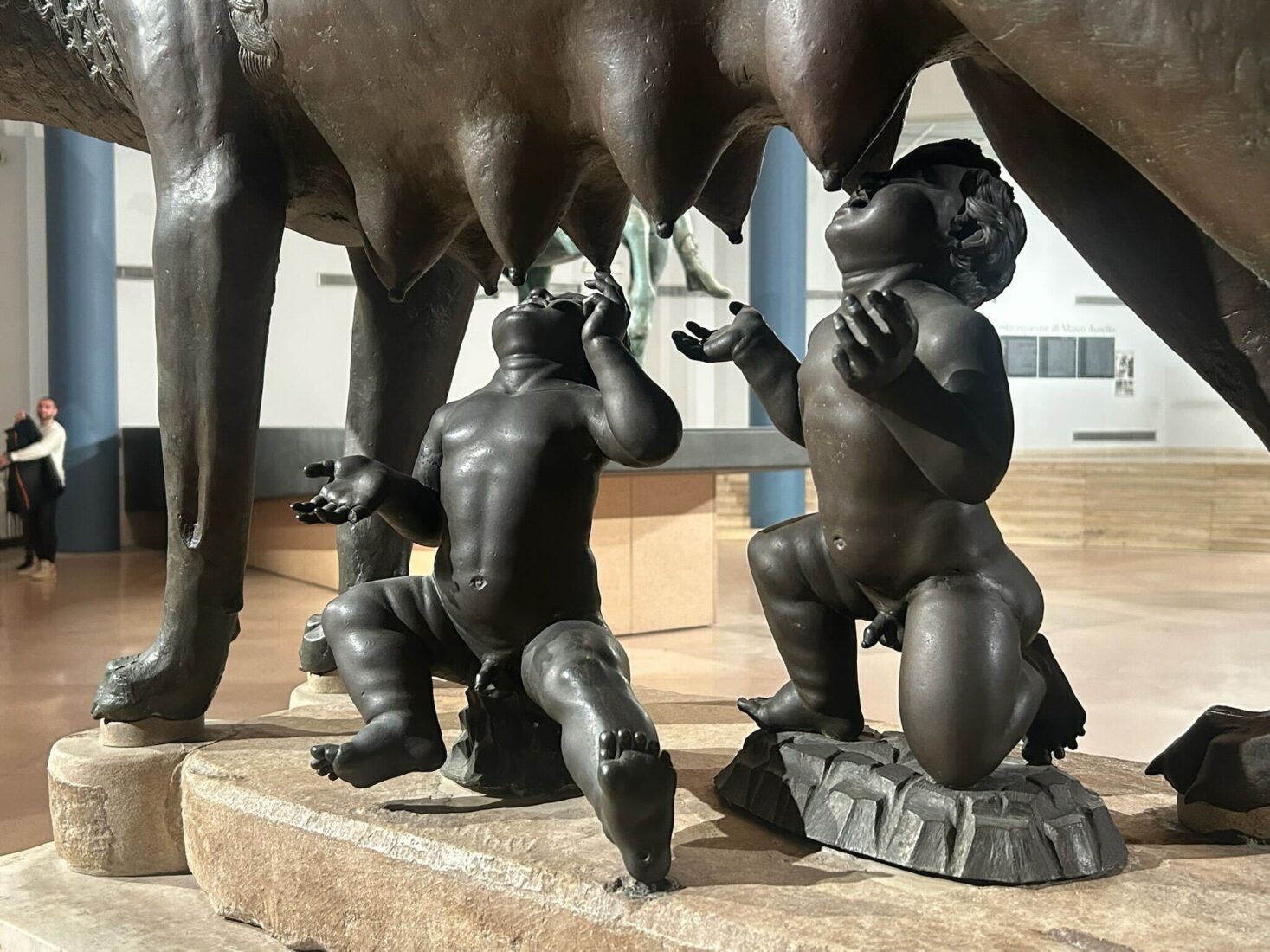
Lupa's image as a protector and nurturer is central to Roman mythology, symbolizing Rome's resilience and survival.
The she-wolf’s role in nurturing Romulus and Remus, who would later go on to establish Rome, transformed her into a symbol of divine protection, strength, and the unyielding will to survive.
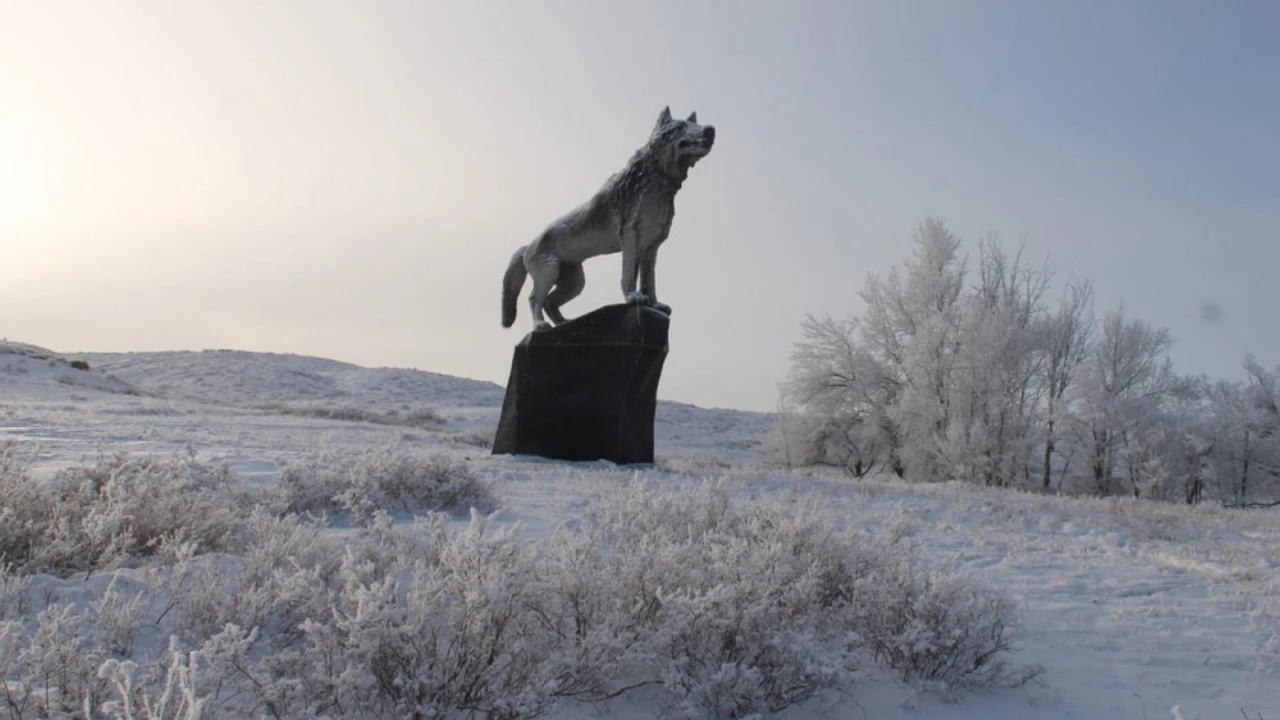
The wolf holds an equally revered position in Turkish, Mongol and Altai mythology. Far from just a creature of strength, the wolf is seen as a spiritual guide and protector. The Bozkurt (gray wolf) symbolizes freedom, strength, and intelligence, qualities that were essential for the survival and unity of these cultures. The wolf is often regarded as the forebear of the Turkish people, with many tribes tracing their lineage to this sacred animal.
One of the most significant stories in Turkish mythology is that of Bortecine, a she-wolf who guided the Turkish people out of the metal mountains of Ergenekon. This myth not only highlights the wolf as a symbol of survival but also as a guiding force, leading people toward prosperity and freedom.
The image of the wolf, as a protector and leader, became central to the identity of several Turkish tribes, including the Göktürks and Kıpçaks. The wolf is also a key element in the establishment of Turkish nationalism, continuing to serve as an emblem of resilience and strength in modern times.
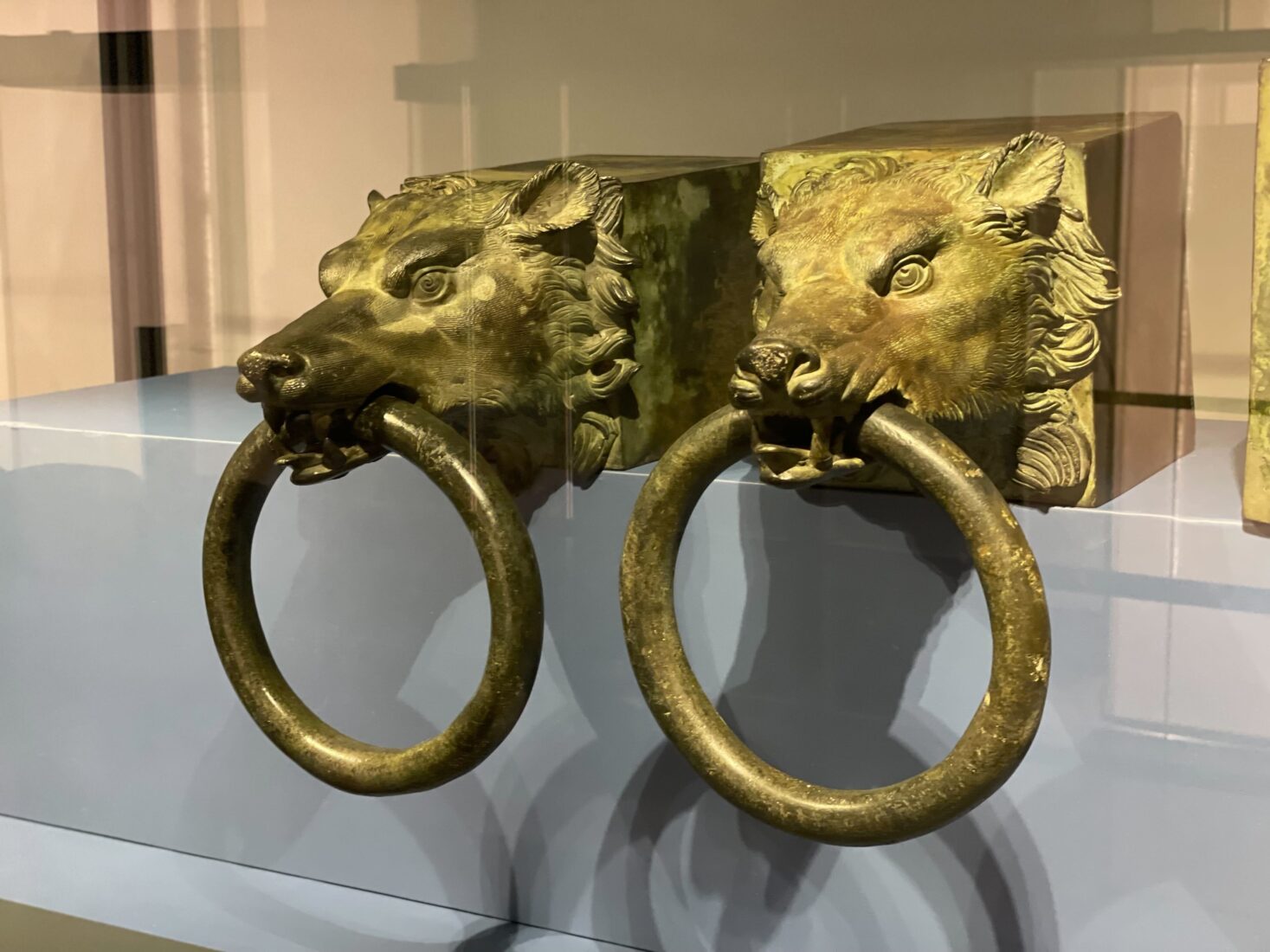 Lupa Capitolina, she-wolf with Romulus and Remus, at National Roman Museum/Palazzo Massimo, Rome, Italy, December 29, 2024. (Photo via Koray Erdogan/Türkiye Today)" alt="She-wolf of Rome: Symbolism and parallels with Turkish heritage">
Lupa Capitolina, she-wolf with Romulus and Remus, at National Roman Museum/Palazzo Massimo, Rome, Italy, December 29, 2024. (Photo via Koray Erdogan/Türkiye Today)" alt="She-wolf of Rome: Symbolism and parallels with Turkish heritage">
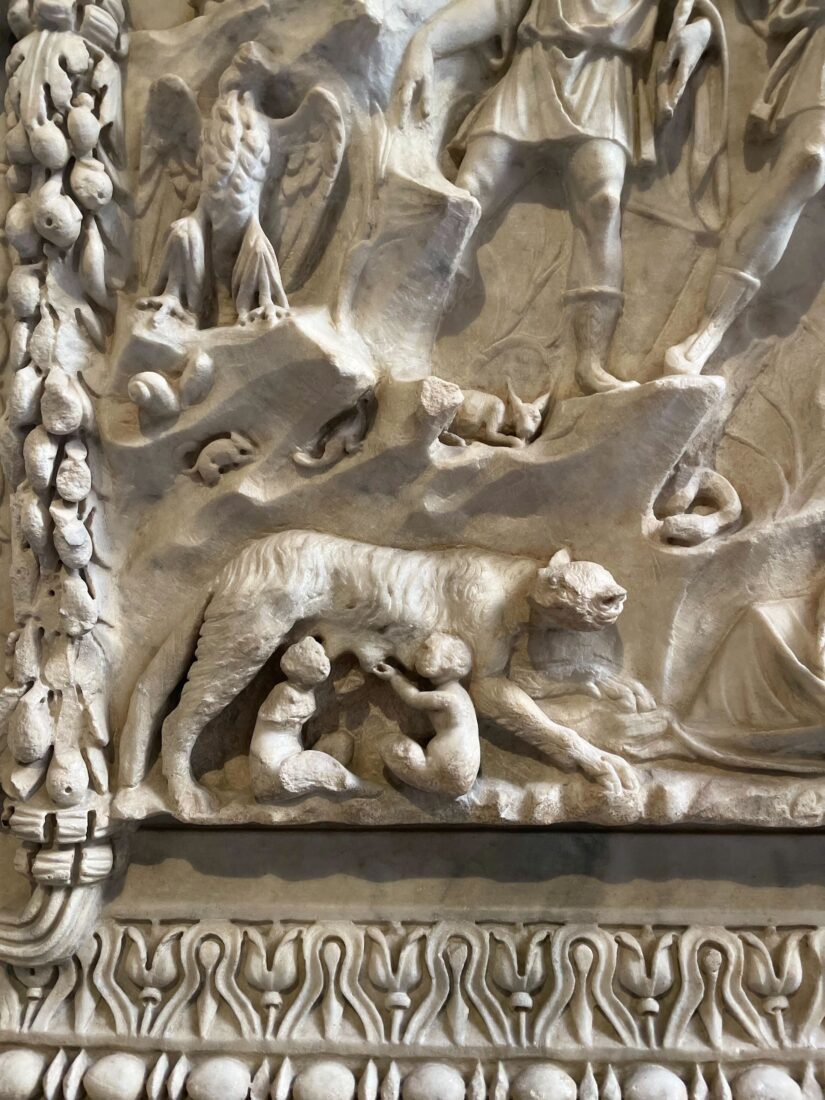 Lupa Capitolina, she-wolf with Romulus and Remus, at National Roman Museum/Palazzo Massimo, Rome, Italy, December 29, 2024. (Photo via Koray Erdogan/Türkiye Today)
Lupa Capitolina, she-wolf with Romulus and Remus, at National Roman Museum/Palazzo Massimo, Rome, Italy, December 29, 2024. (Photo via Koray Erdogan/Türkiye Today)
Both the Roman and Turkish cultures emphasize the wolf’s role as a protector and guide. In Roman mythology, Lupa’s care for Romulus and Remus reflects the nurturing and protective qualities associated with wolves, while in Turkish traditions, the wolf is seen as a spiritual guide, leading the people to safety and survival.
The parallel between Lupa, the Roman she-wolf, and Bortecine, the guiding wolf of Turkish mythology, highlights a shared belief in the wolf as a symbol of leadership and protection. Both cultures revered the wolf not just as a physical creature, but as a divine being capable of shaping the destiny of entire peoples.
 Obverse of 5 Turkish Lira with Grey Wolf, Early Republican Period" alt="She-wolf of Rome: Symbolism and parallels with Turkish heritage">
Obverse of 5 Turkish Lira with Grey Wolf, Early Republican Period" alt="She-wolf of Rome: Symbolism and parallels with Turkish heritage">
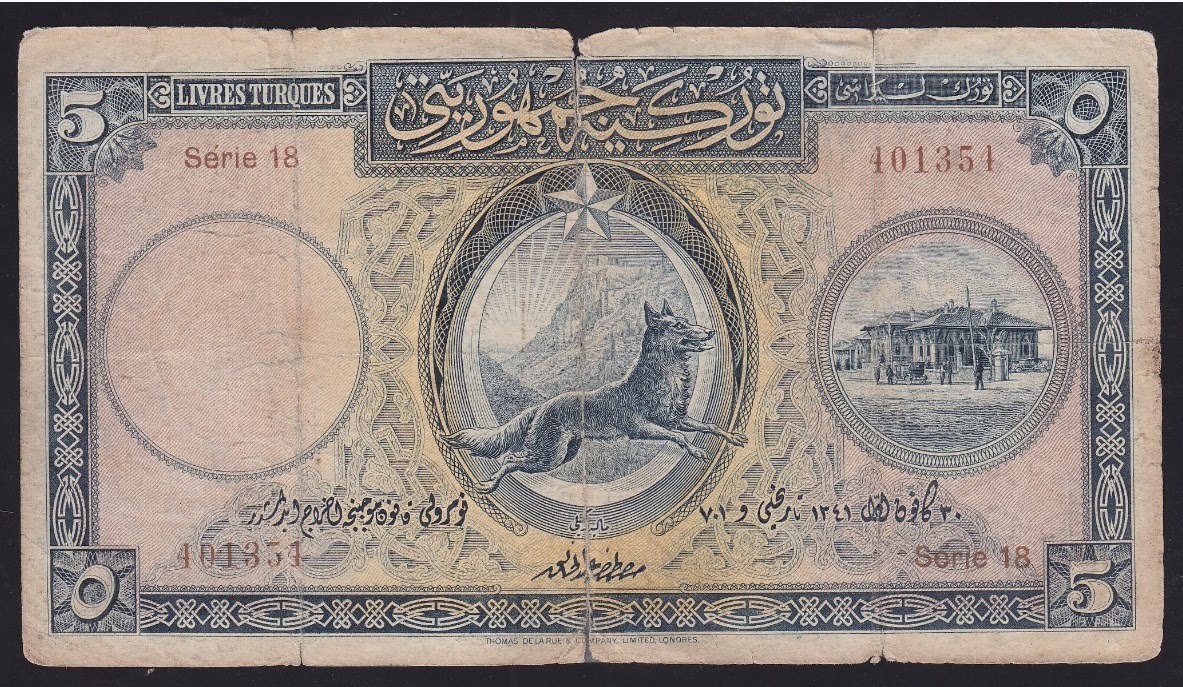 Obverse of 5 Turkish Lira with Grey Wolf, Early Republican Period
Obverse of 5 Turkish Lira with Grey Wolf, Early Republican Period
The legacy of the wolf in both Roman and Turkish cultures is still alive today. The wolf continues to be a powerful symbol in modern Turkish identity, often appearing in national emblems and as part of Turkish heraldry. Similarly, the she-wolf of Rome remains one of the most recognizable symbols of the Roman Empire, celebrated in art, sculpture and cultural references.
In museums across Italy, the image of Lupa nursing Romulus and Remus is often displayed as a symbol of Rome’s founding and divine protection. In Türkiye, the wolf continues to be an emblem of national pride and strength, representing the endurance and resilience of the Turkish people throughout history.